Fort dela Boulaye was one of the most important sites of early Louisiana. The fort, built by French explorers, succeeded in turning around the British. But the location of the short-lived fortification was lost and nearly forgotten.

The historical marker had been missing for three decades, before it was discovered in a stairwell in an abandoned building in Louisiana’s Plaquemines Parish. The marker was originally placed along a drainage canal in 1950 to commemorate one of the most important events in Louisiana history. It marked the site of Fort dela Boulaye, built by French explorers Iberville and Bienville in the year 1699. Historian Eric Seiferth of The Historic New Orleans Collection said, “Iberville and Bienville were aware of the fact that the English were kind of snooping around the area.” Seiferth added that the fort was, “the first attempt by the French to claim physically through encampment the Louisiana Territory.”
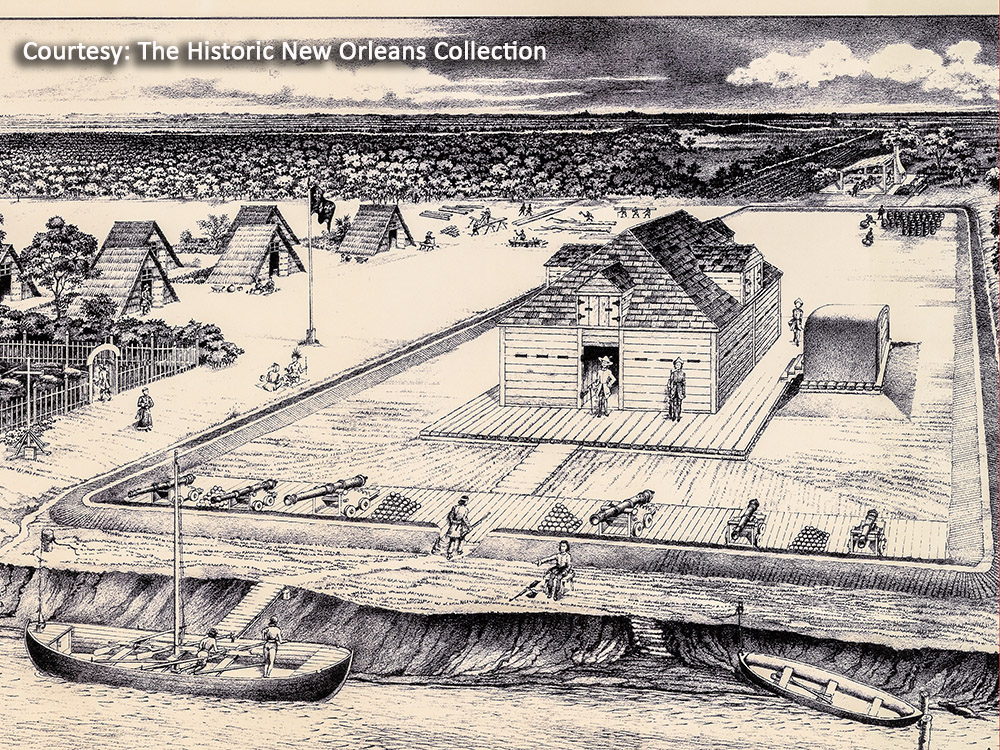
The short life of a louisiana fort
Iberville wrote a letter describing how the fort was built of long square logs, with a half dozen buildings, a cemetery and six cannons. A moat surrounded the area. The French effort paid off. Once the British learned of the French intent to defend the territory along the Mississippi River, they sailed away. But the location was terrible. “The river continues to flood over and over again,” Seiferth explains, “and they had difficulty getting provisions for the men.” After just seven years, Fort dela Boulaye was abandoned by the French.
AN OLD MAP PROVIDES CLUE TO OLD LOUISIANA FORT
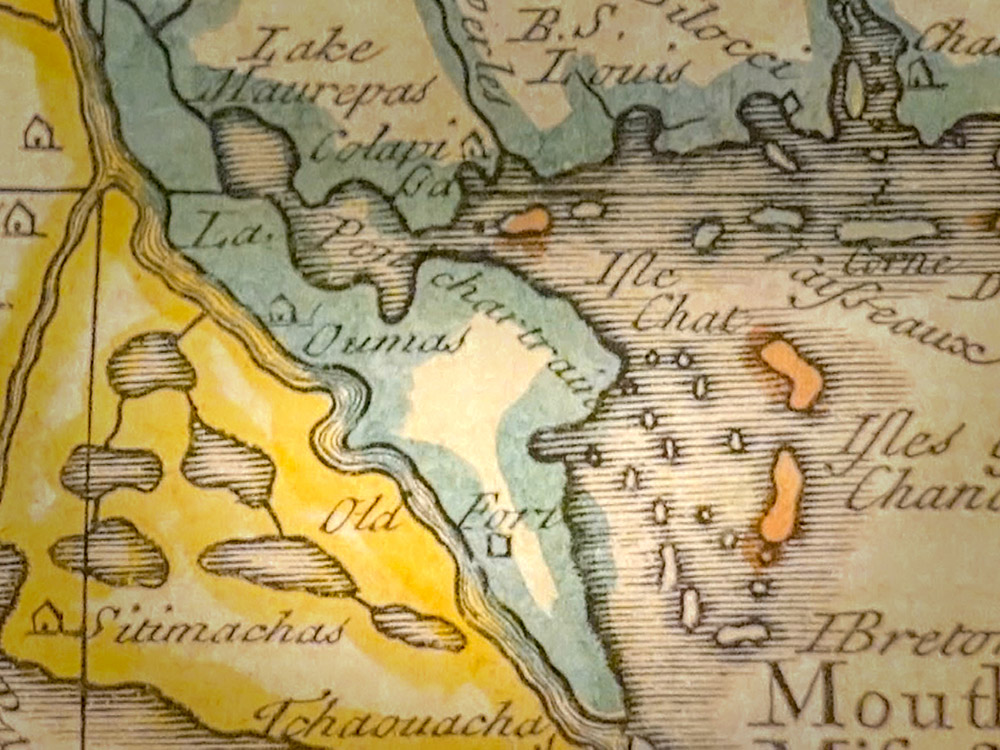
Courtesy: The Historic New Orleans Collection. A clue to a historic site
An old map provided a clue in the 1930’s for researchers about the location of an “Old Fort” near the mouth of the Mississippi River. They discovered the site along the Gravolet Canal in eastern Plaquemines Parish near the small community of Phoenix.
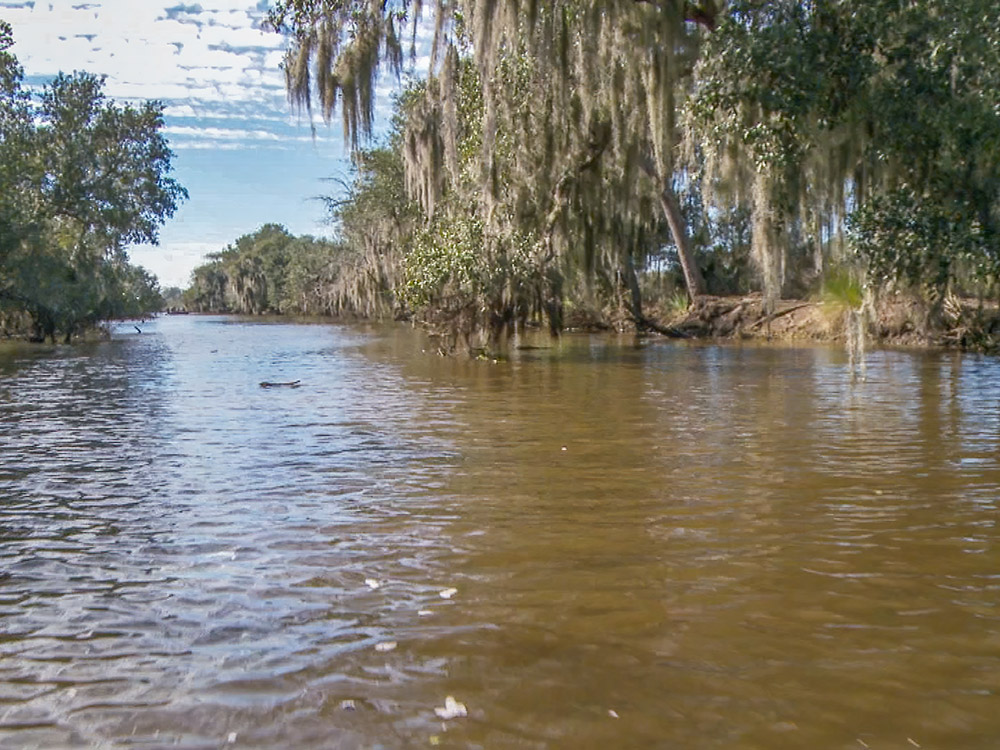
The landowner, State Senator Joseph Gravolet, had pulled up some of the old cypress logs from the fort that were buried in the canal. The 92 squared timbers were the foundation for the Louisiana fort. Unfortunately, Gravolet didn’t realize the significance of the timbers, and all of them were burned except for two short sections. Those pieces are on display in The Historic New Orleans Collection.
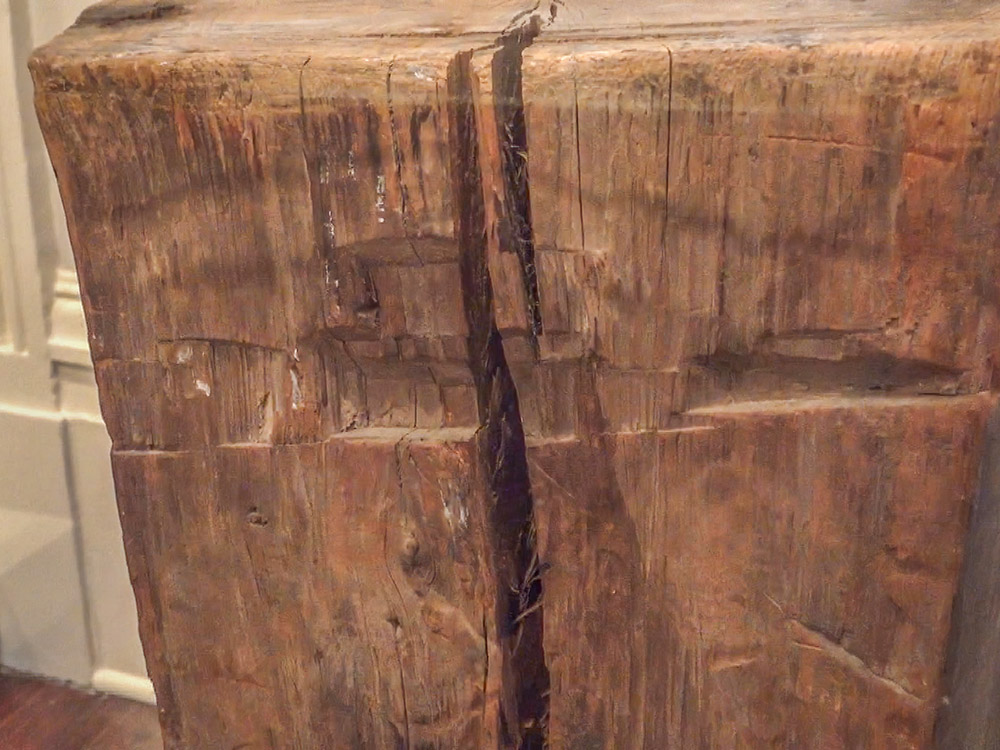
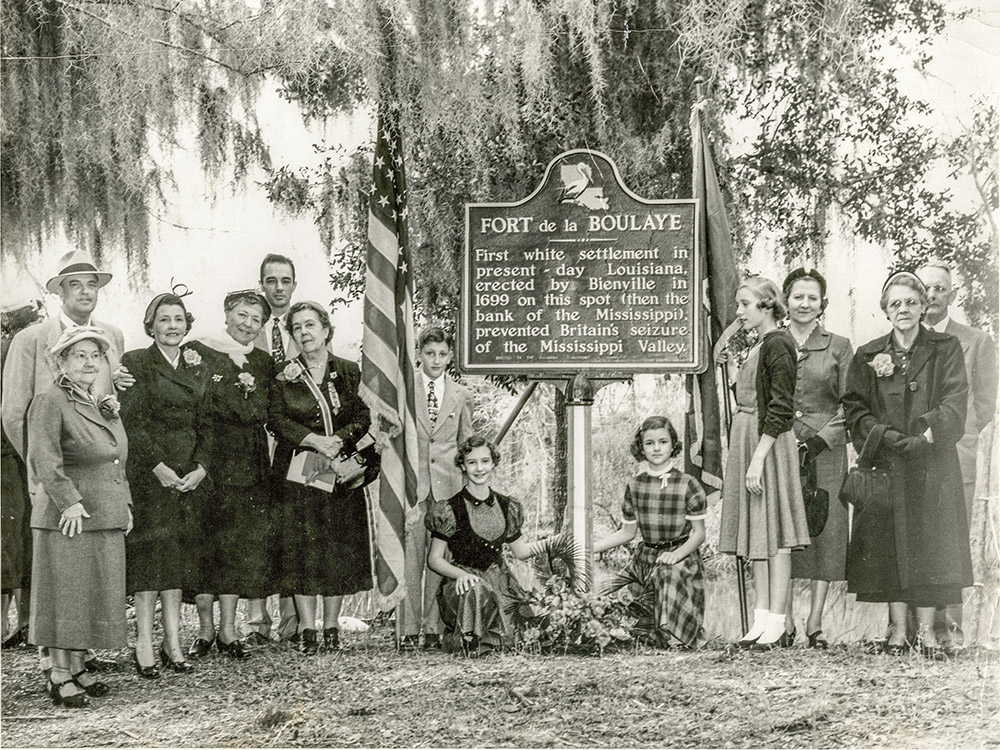
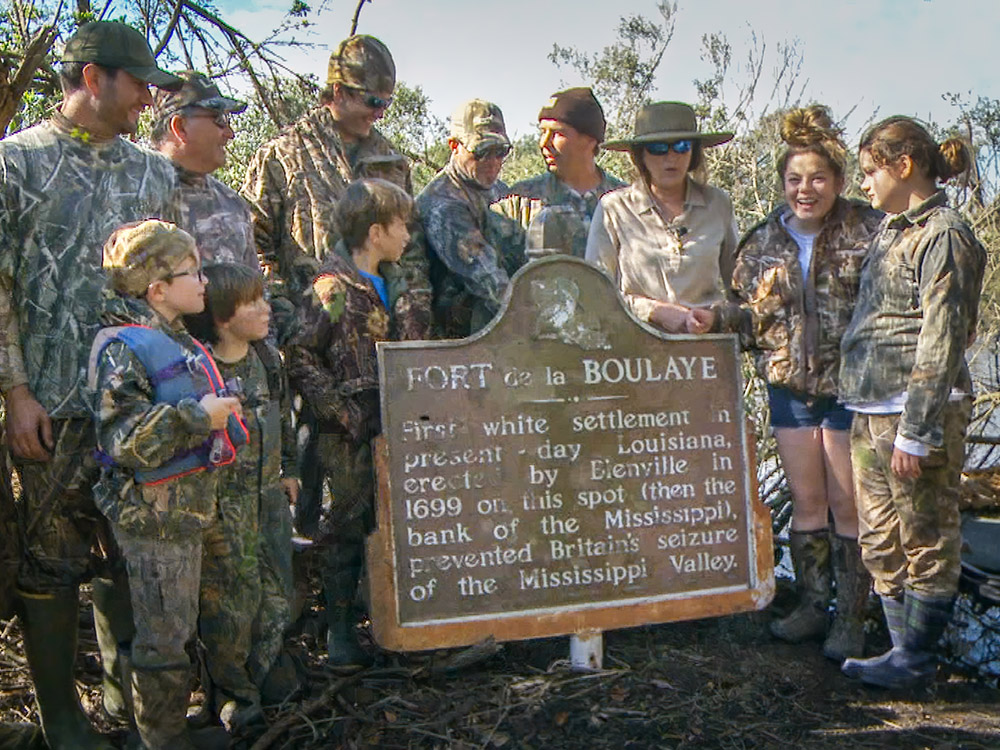
marking history at fort site
Albertine Kimble, a Plaquemines Parish resident, got emotional when the historic marker was found and returned to its original site along the Gravolet Canal. Her great grandmother was at the site in 1950 when the marker was first erected. “This area here was where the first settlers settled in Louisiana in 1699, right here where we are standing,” Kimble said as she and others posed for pictures. Nearby landowner Chris Cadis commented, “I didn’t realize how much history is really here.” And local historian James Madere said the site was incredible. “We walk amongst ground that we only read books about in school.” They realize the importance of what happened here more than 300 years ago, where the first French explorers staked their claim to land along mighty Mississippi River.

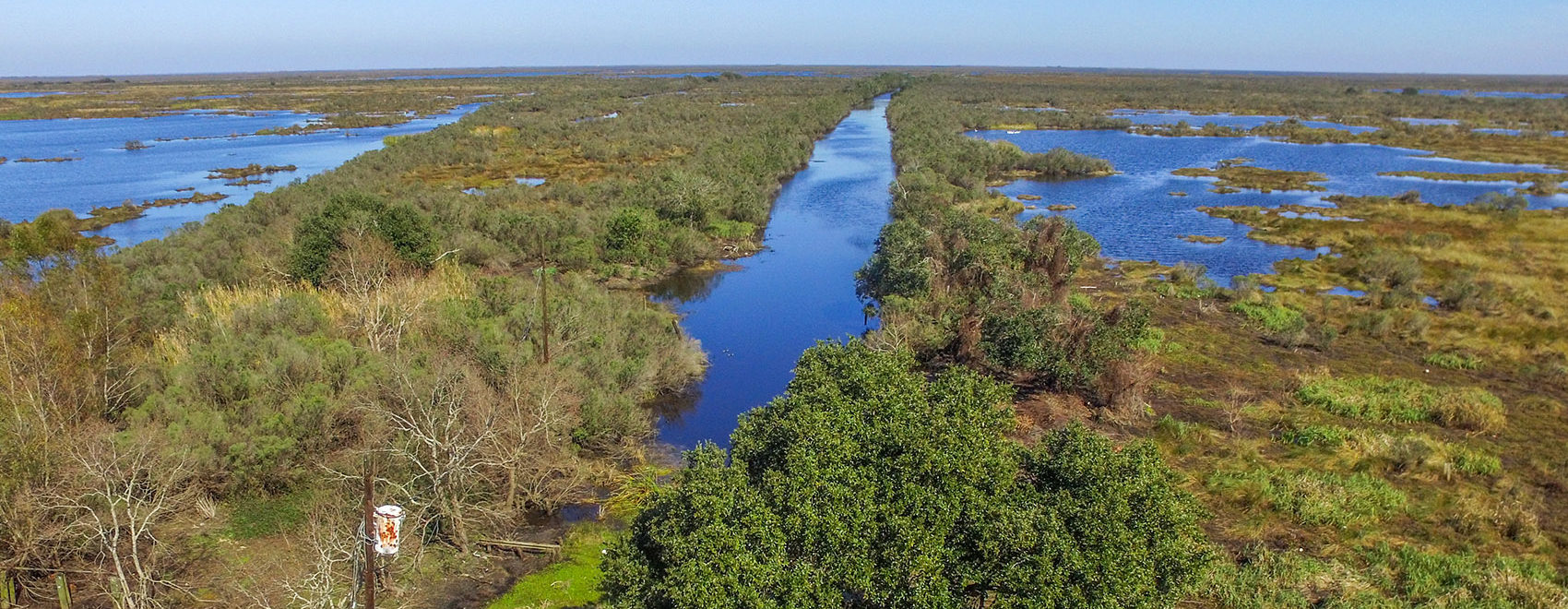
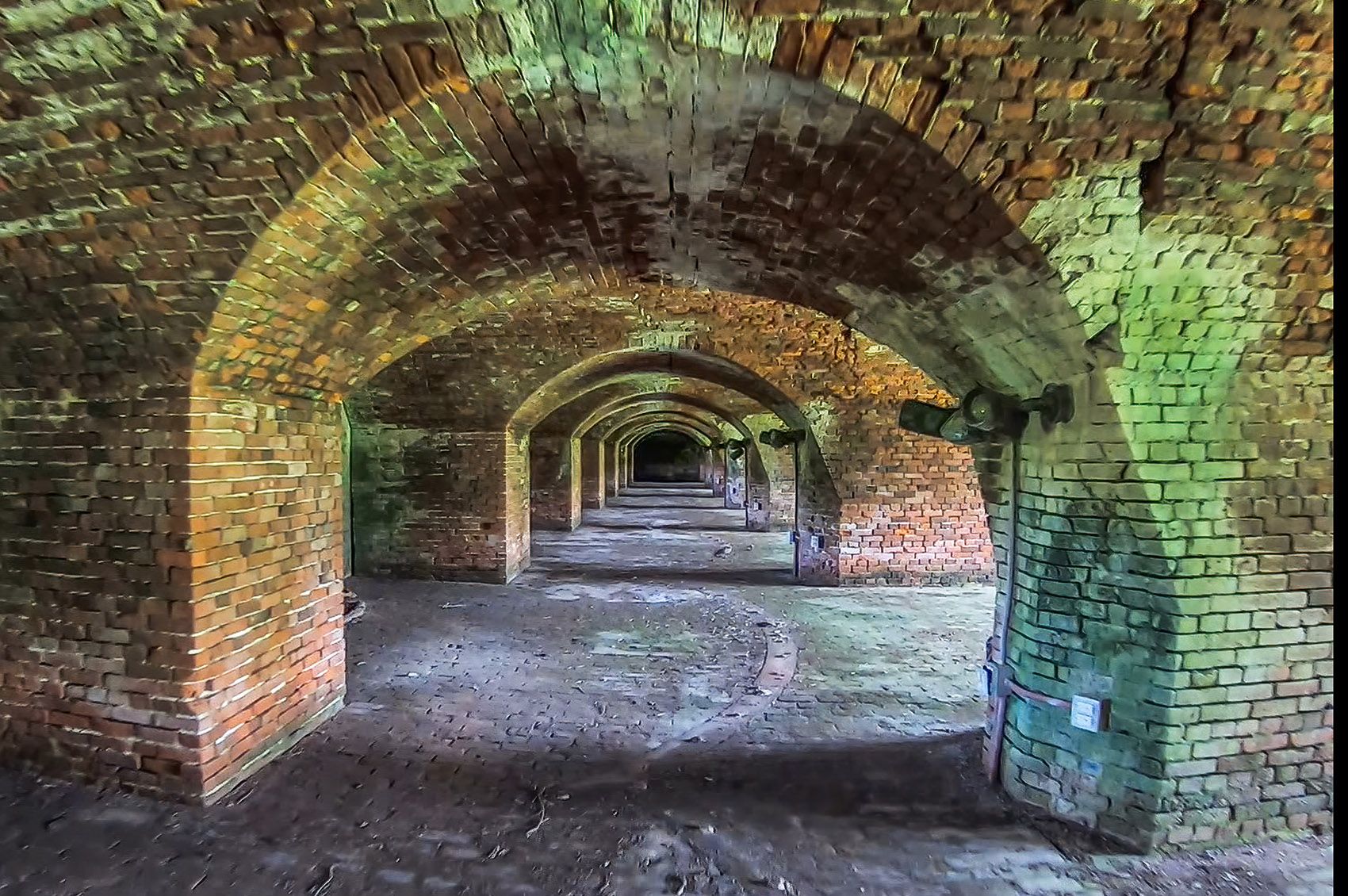
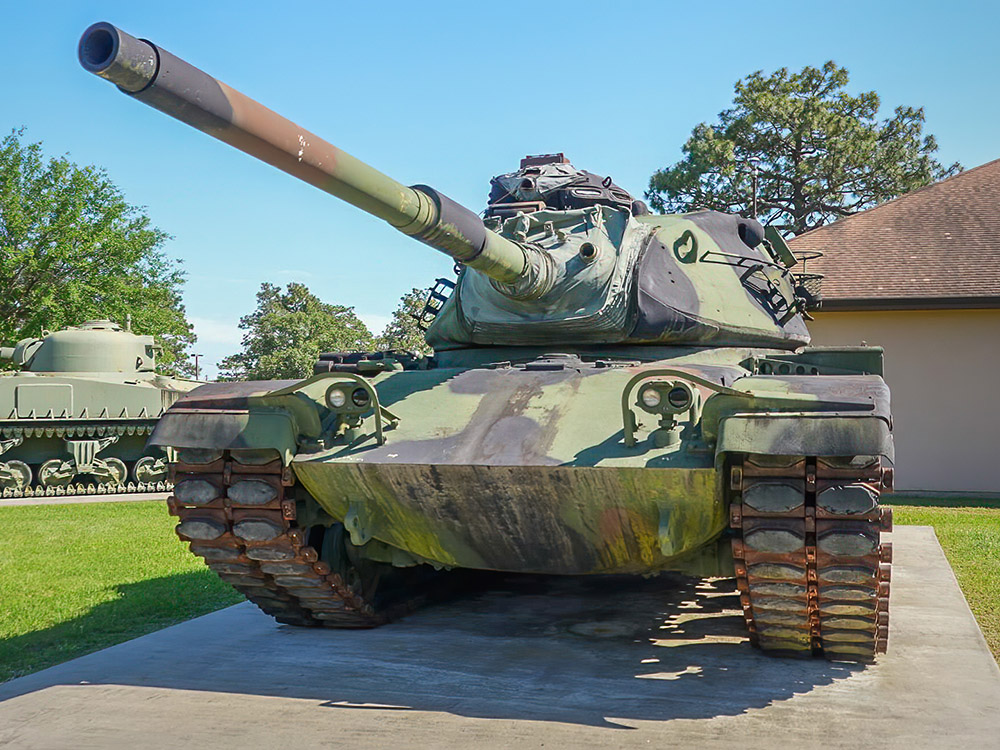
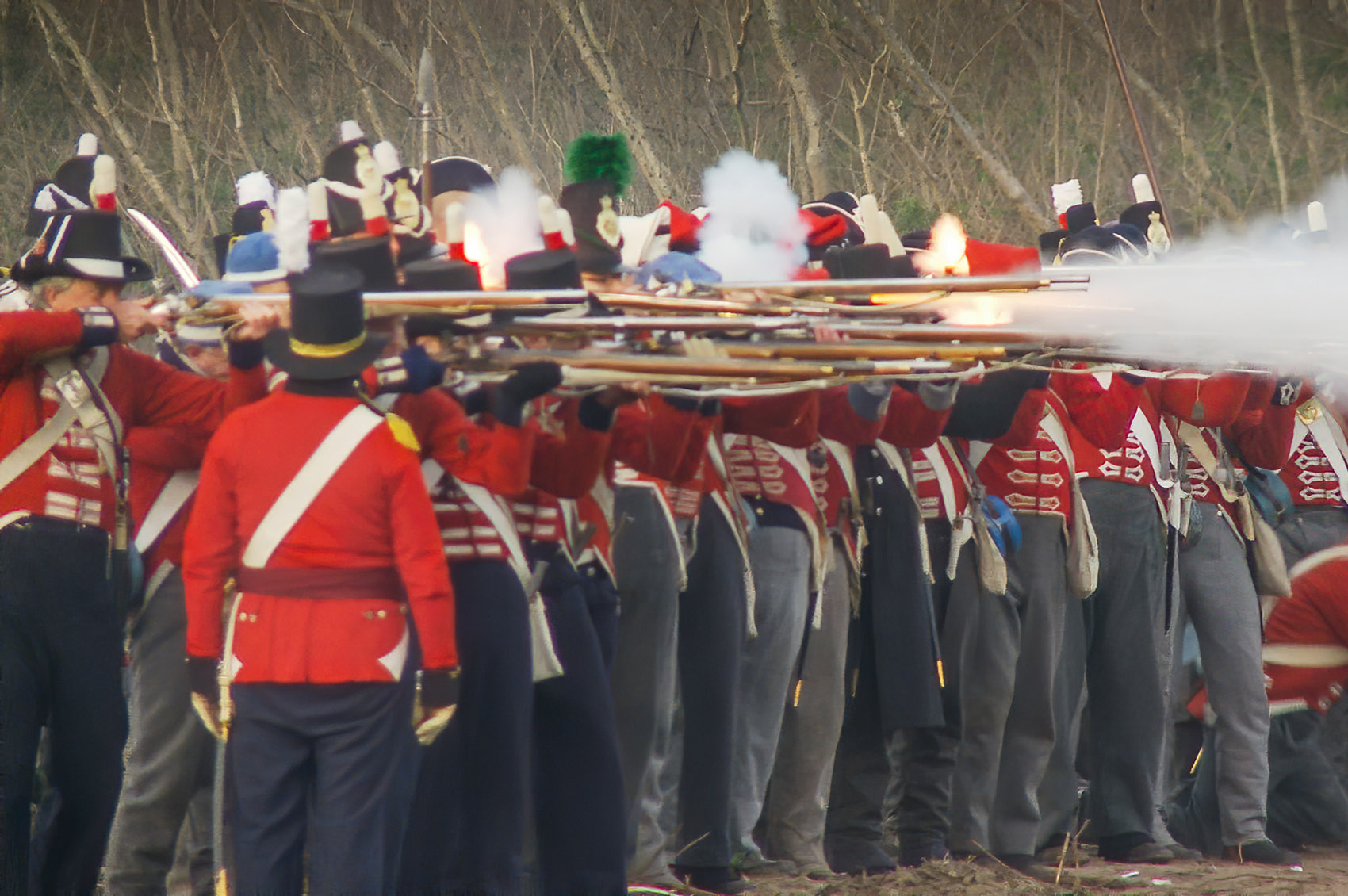
Dr Michael Fluitt
The history of the old fort is very interesting and needs a follow up story. More excavation of that area are needed. Thank you Dave for this insight into a piece of Louisiana history.
Dr Michael Fluitt
Ursuline Bankhead
Dr. Fluitt– I am researching family history in Jena, LA and on an historical piece of property (land owned by Peter Horace back into the 1800s is both your family and my family names/connections00 I am trying to find out the links to that land). My apologies for reaching out this way, but I couldn’t’ find another route to connect. I hope to hear back from you!
Also, this is a great page on Louisiana history!
Edwin Cantrell
Imtrigued..i grew up on the East Bank..i have family from Wills Point..